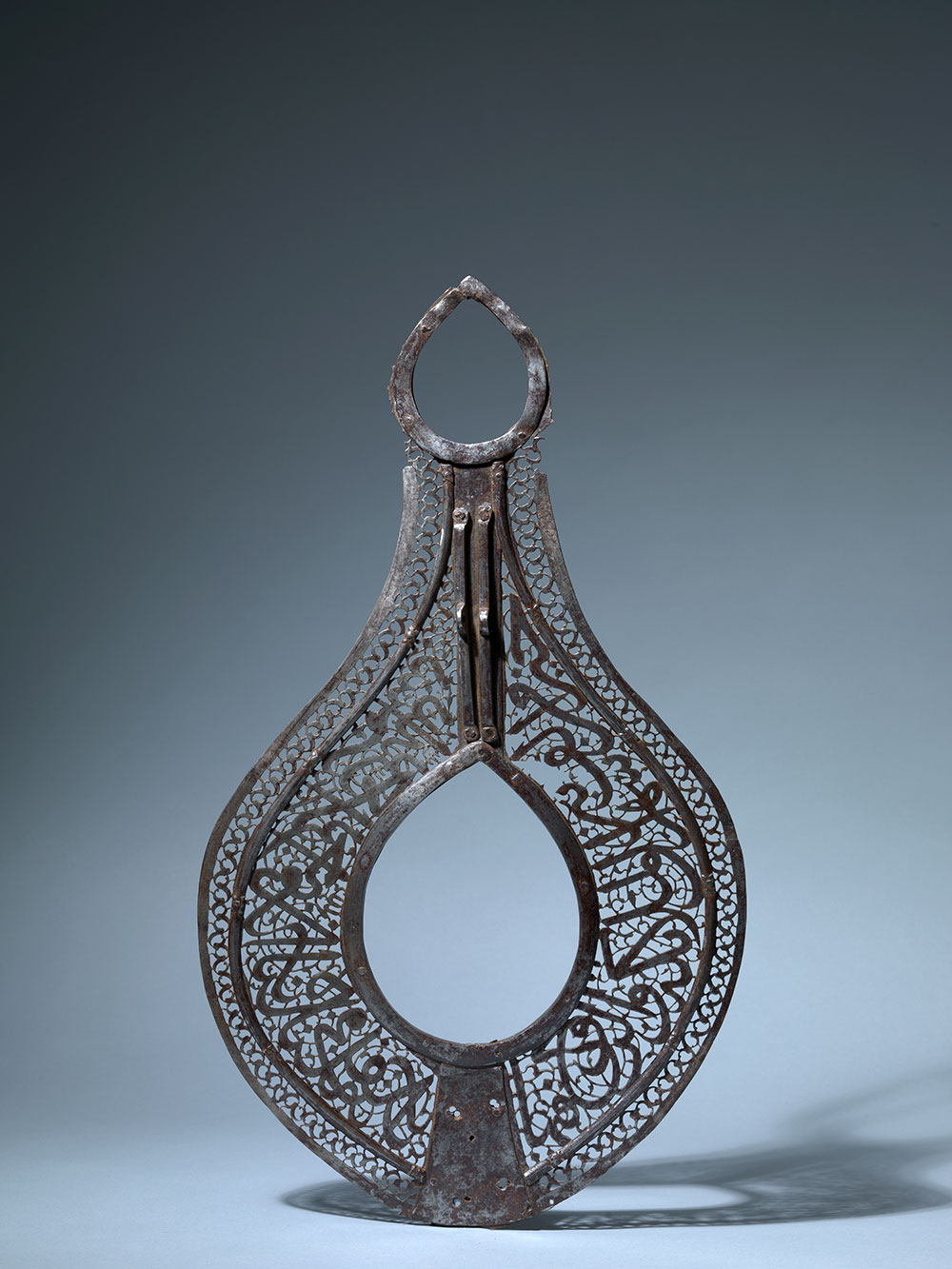
The Ackland recently acquired seven new works of Islamic art. Since the Museum’s director, Katie Ziglar ’79, is an expert in Islamic art and architecture, we asked her about the new acquisitions.
Why is this collection of objects so important to the Ackland?
The Ackland, as a “mini-encyclopedic” museum, has breadth and depth in many areas. It is not, however, complete. We are strategically adding to our Islamic art collection in order to more fully tell the story of the 9th to 18th centuries. Included in our selection are objects from the Arab world, Iran, Turkey, and India. These acquisitions strengthen our capacity to teach a part of art history that is often overlooked. One of the first things visitors will learn is that Islamic art is breathtakingly beautiful.
Tell us about your personal connection to Islamic art.
I took my first course in Islamic art here at Carolina with visiting Columbia University art history professor Jerrilyn Dodds. As a European History major, I had not yet been exposed to the interplay between Europe, the Middle East, and the Far East. Professor Dodds’ course grabbed my attention in a way that forever changed my life.
Two years later, I enrolled in the MA program in Islamic art and architecture at the American University in Cairo where I wrote my thesis on Fatimid lusterware of Egypt and Syria in the 10th to the 12th centuries.
There is a range of media here. Is that typical of Islamic art?
Good question! Islamic art is expressed in a number of media, not unlike medieval Christian art. The calligraphy that makes copying the Qur’an possible is the most important form of Islamic art; after that, there is basically no medium that is more or less important than any other. Painting, metal, textiles, ceramic, wood, glass, ivory and bone and architectural elements are all considered equally important.
Recent Acquisitions of Islamic Art will be on view in Gallery 2 until February 2, 2020. Click here to learn more.
Unidentified artist, Safavid, Iranian, 16th century, Alam, steel, 22 5/8 x 13 in. (57.5 x 33 cm). Ackland Art Museum, University of North Carolina at Chapel Hill. Gift of the William E. Shipp Estate, by exchange, 2019.31.2.


